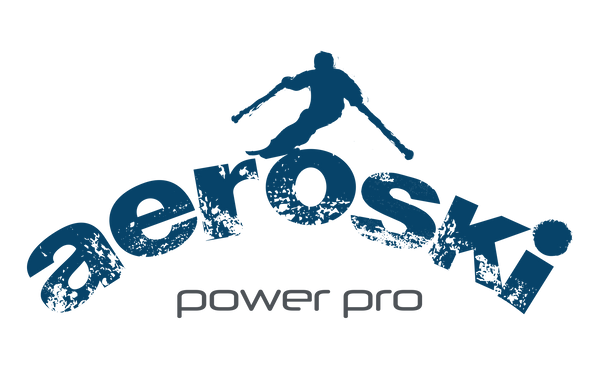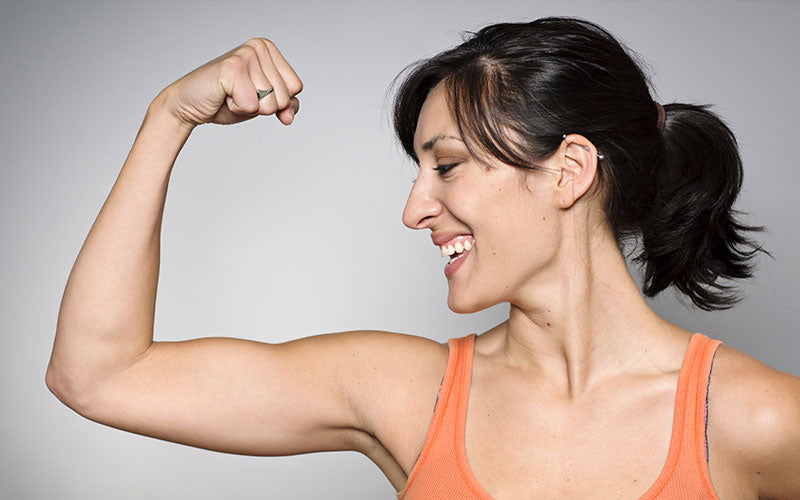The Ultimate Guide to Push vs. Pull Workouts
Setting fitness goals is an excellent strategy for maintaining exercise motivation and making sure that you continue to make progress in the long-run. Clear objectives help keep you inspired and hold you accountable. Best of all, there are many different kinds of fitness goals you can set, so you’re sure to be able to make this strategy work for you. For example, you could decide how often you will work out each week or how long each of your workout sessions will be.
Another way to approach your fitness goals is to define certain skills that you want to work on developing. You can choose from a wide range of fitness-related skills including making improvements in flexibility, strength, endurance, muscle mass, balance, agility and speed. Trying new types of workouts is another great fitness goal that will keep your exercise routine interesting and help improve your fitness abilities.
If your fitness goals include toning your muscles, increasing your muscle mass and working out your upper body in particular, push vs. pull workouts are an excellent type of exercise to add to your regular fitness routine. In this article, find out everything you need to know about push vs. pull workouts and what benefits you can see from adding them to your fitness program.
What are Push vs. Pull Workouts?
Push vs. pull workouts are a type of exercise that falls under the category of strength training techniques. The ‘push’ and ‘pull’ in push vs. pull workouts is a reference to the two different ways that muscles can move in the body — by pushing or pulling. Push vs. pull workouts engage muscle groups based on whether they move by pushing or pulling.
Push vs. pull workouts are made up of two different periods of exercise. In the first part of the workout, muscles that function by pushing are targeted. Examples of pushing muscles are the shoulders, triceps and chest. In the second part of the workout, you focus on muscles that move by pulling. Muscles that pull include the biceps, forearms and back. A complete push vs. pull workout is typically done over the course of multiple days, with a break in between the first and second parts of the workout.
Muscles that push and muscles that pull work together on a daily basis to coordinate the opposing actions needed to perform normal movements. Push vs. pull workouts take a unique approach by exercising these muscle groups separately to make sure each type of muscle receives adequate attention. The goal of these workouts is to train and tone the muscles so they can work together better as you perform activities like other types of exercise, athletic pursuits and regular actions in your everyday life.
Benefits of Push vs. Pull Workouts

Trying out new fitness strategies like push vs. pull workouts can help you meet your fitness goals and combat obstacles like exercise boredom that you will likely encounter as you continue your fitness journey. Push vs. pull workouts are a worthwhile addition to your typical exercise routine for several reasons. Here are some of the top benefits of push vs. pull workouts:
Easy to Perform
One of the best features of push vs. pull workouts is that they are easy to get started with. That means that individuals of any fitness level can easily perform push vs. pull workouts. They are simple to add to your exercise routine and can be adjusted based on your skill level.
For example, if you’re new to exercise, you might exercise push muscles one day, rest the next day and then exercise pull muscles the next day. If you have more exercise experience, you could target push muscle on day 1 and pull muscles the next day. You can also vary the intensity of the exercises you choose to include in each part of your push vs. pull workout.
Prevent Muscle Imbalances
Push vs. pull workouts are a great way to help avoid one common strength training issue — muscle imbalances. Muscle imbalances occur when one half of an opposing muscle team is weaker than the other, usually because it hasn’t been targeted as much as the other half. This limits functionality and increases the risk that injuries will occur. With push vs. pull workouts, you exercise each half of opposing muscle groups equally, making muscle imbalances much less likely to occur.
Allows for Recovery
Push vs. pull workouts involve exercising each type of muscle individually. That means that when you’re focusing on targeting muscles that pull, the muscles that push are getting a break. As a result, push vs. pull workouts allow for essential recovery that can make these exercises even more effective. Adequate rest prevents muscles from getting overworked and gives the muscles time to repair themselves and grow.
Boost Performance
Push vs. pull workouts can benefit your performance in other areas of your life. They can help improve your fitness abilities during other types of exercise, as well as movements that you perform in everyday life. Since push vs. pull workouts aim to improve the natural dynamic between imposing muscle groups, they boost the functional strength of your muscles and support optimal movement and use in all the actions you perform.
Build Muscle
One of the main reasons that push vs. pull workouts have gained popularity is that they are especially useful in building muscle mass. They are optimally structured to promote muscle growth. By intensely targeting one class of muscles and then giving it time to recover while working out the opposing muscle class, push vs. pull workouts are great at both pushing the muscles to their limits and letting them rest. They provide the ideal conditions that stimulate muscle growth, so if increasing muscle mass is one of your fitness goals, these are a great strategy to add to your routine.
Push vs. Pull Workouts: Example Structure
Once you’ve discovered all of the amazing benefits of push vs. pull workouts, all that’s left to do is add this fitness strategy to your exercise program. There is one traditional format for this type of workout that is often recommended to get started with. It’s referred to as the push/pull/legs or PPL workout, and is spread out over 3 days of active exercise.
On Day 1, the chest, triceps and shoulders — or the muscles that push — are exercised. The next day, the muscles that pull (the back, biceps, hips and forearms) are targeted. Finally, on Day 3, it’s time to focus on the muscles in the legs, including the hamstrings, calves, glutes and quads. Depending on your skill level, rest days could be included in between each of the push, pull or leg workout sessions.
Enjoy Exercise with Aeroski
Trying out new fitness strategies like push vs. pull workouts are a great way to keep yourself from getting bored with your fitness routine. Variety is key for any effective workout program, and the skills you develop while completing one type of exercise can help you excel at other forms of exercise. With push vs. pull workouts, you’ll work on improving fitness capabilities like muscle tone and mass, upper body strength and overall performance.
These improvements will help you excel as you exercise on your Aeroski machine. You can also take the benefits you get from full-body workouts with Aeroski into your push vs. pull workouts. Aeroski’s full-body fitness targets all of the major muscle groups in the body during each exercise session, combining cardio exercise with muscle toning resistance training. When you make push vs. pull workouts and full-body exercise with Aeroski regular strategies in your fitness rotation, you’re sure to meet fitness goals like improving strength, muscle mass and toning your body.
Try Aeroski today for effective and enjoyable full-body fitness that will inspire you to keep moving forward on your exercise journey!










